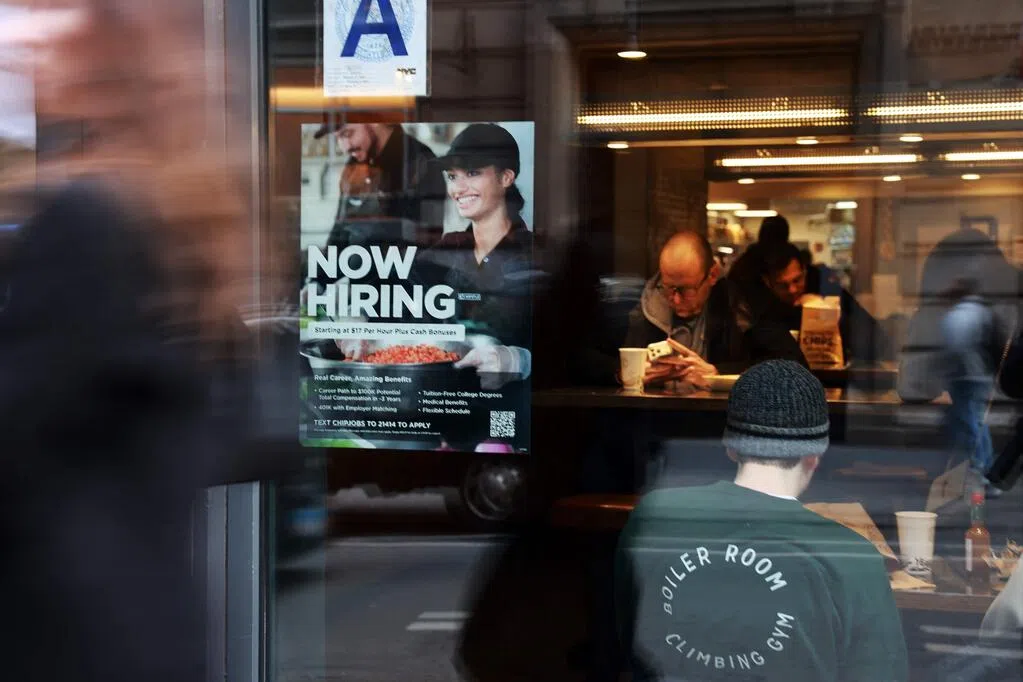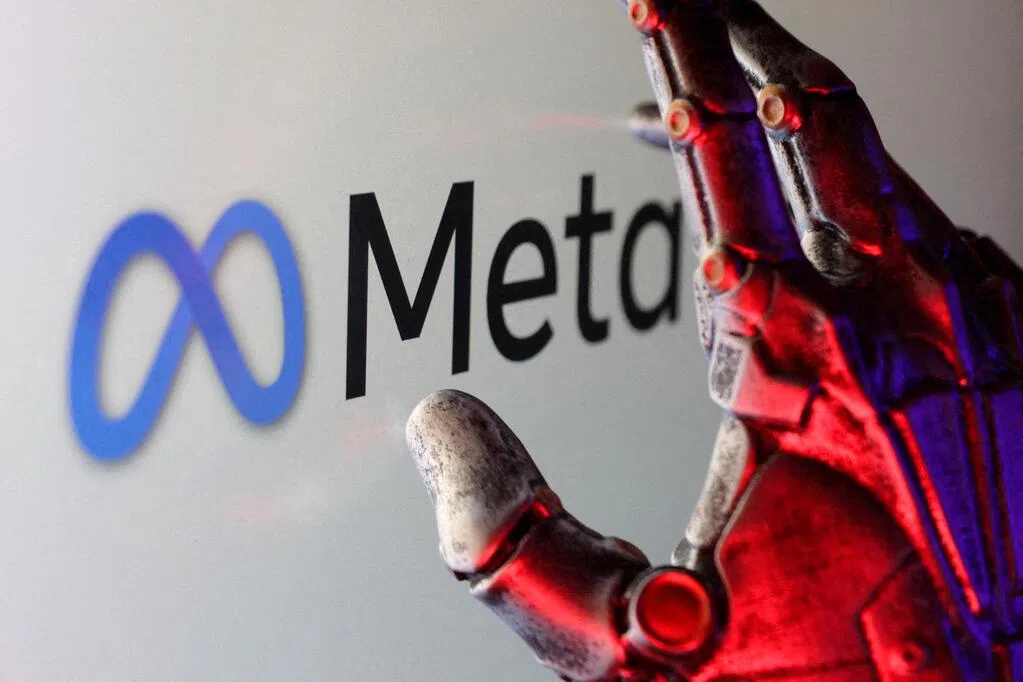(Bloomberg, New York) Americans with a four-year college education now account for 25% of the total unemployed, a record high, highlighting a sharp slowdown in white-collar hiring in the United States this year.
Monthly data released by the U.S. Bureau of Labor Statistics on Thursday (November 20) showed that the unemployment rate for those with a bachelor's degree rose to 2.8% in September, an increase of 0.5 percentage points year-over-year. In contrast, the unemployment rate for other education levels increased only slightly or remained unchanged during the same period.
The number of unemployed Americans aged 25 and older with at least a bachelor's degree exceeded 1.9 million in September, accounting for a quarter of the total unemployed nationwide, the highest rate since records began in 1992.
The September employment data was delayed until Thursday due to the previous U.S. government shutdown.
JPMorgan Chase's chief U.S. economist, Feroli, pointed out that the rising unemployment rate among college-educated individuals will further exacerbate concerns about artificial intelligence (AI) taking away jobs.
Further Reading


A recent report from US human resources firm Challenger, Gray & Christmas shows that as jobs are replaced by AI and cost-cutting accelerates, US companies announced the largest number of layoffs in October compared to the same period in over 20 years.
The rising US unemployment rate is hitting young people hardest. According to data from the Bureau of Labor Statistics, the unemployment rate for the 20-24 age group reached 9.2% in September, an increase of 2.2 percentage points year-over-year. This increase has never been seen outside of economic recessions. Meanwhile, the unemployment rate for older Americans remains below 4%, and the increase in recent months has been smaller.
Furthermore, this year's job growth in the US has come entirely from two sectors: healthcare and social assistance, and leisure and hospitality. These two sectors added a combined 690,000 jobs this year; if they were excluded, the national employment figure would actually decrease by about 6,000.













